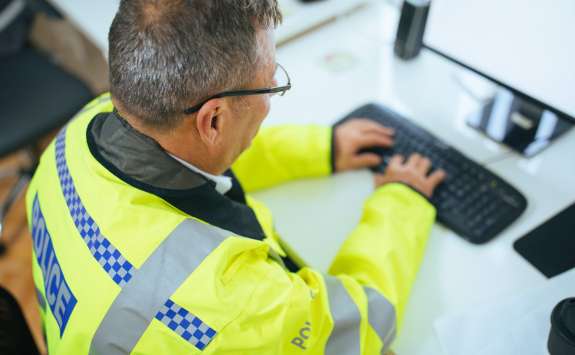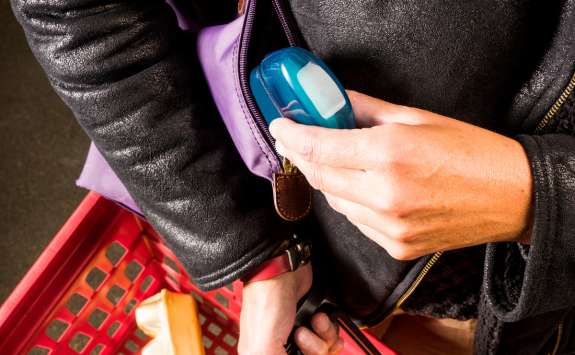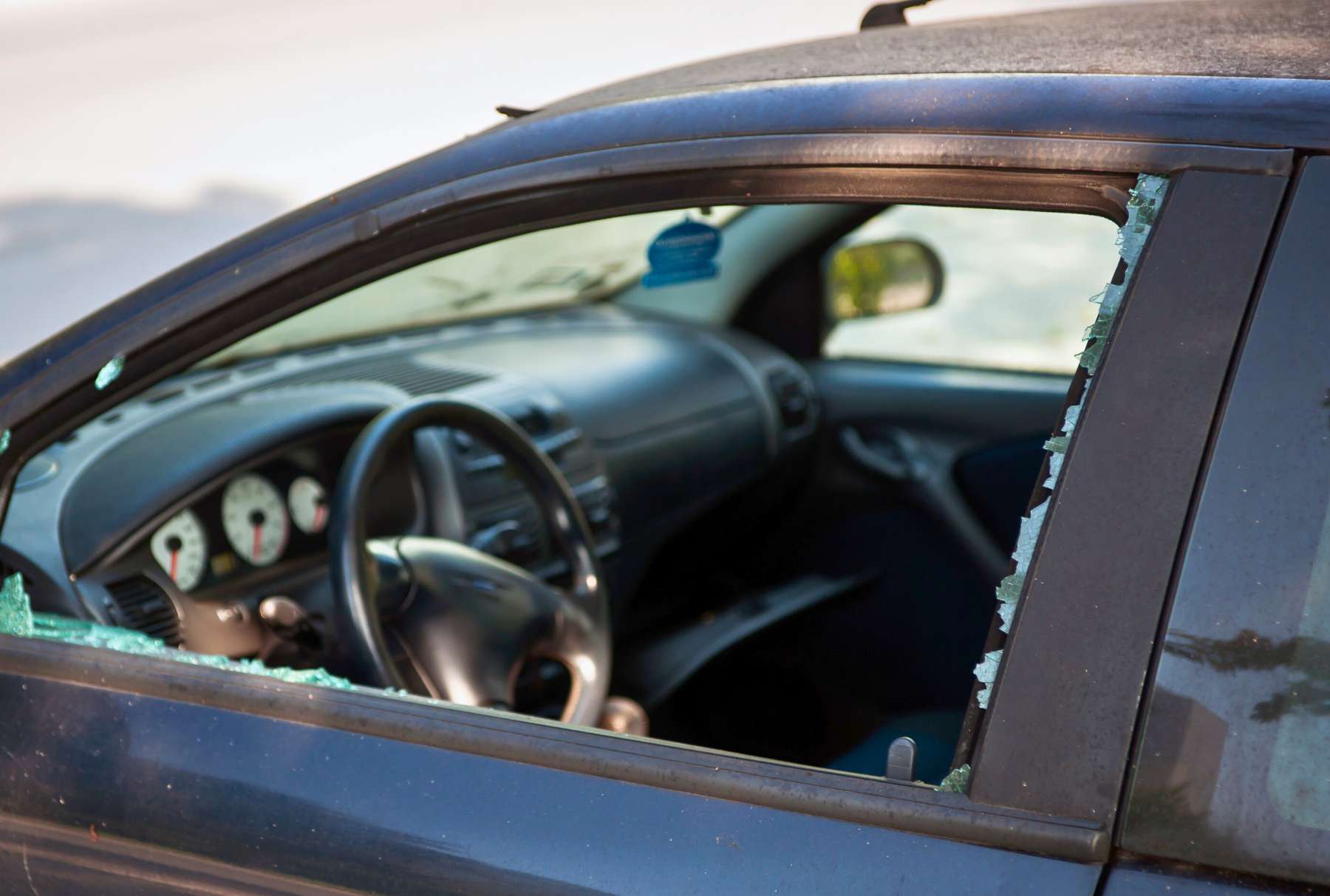Understanding the geography of crime
What can we learn about crime from precise-street level data? One Newcastle University Business School professor is looking to find out, applying geocoded data to issues such as the usefulness of stop-and-search, and how adding extra security at large supermarkets affects shoplifting locally.
26 March 2024
When we talk about crime, we often associate it with place.
Perhaps we casually describe a part of our city as a “high-crime area”, or warn friends not to leave their car in certain neighbourhoods. But where do we get these conclusions from? General statistics, maybe? Newspaper reports? A personal experience, possibly, or even a second-hand one?
When Professor Nils Braakmann hears or reads a story like this, he’s frequently inspired to test it. Professor Braakmann is a Professor of Economics at Newcastle University Business School, who uses large datasets to investigate questions around crime, health and other topics.
He says: “I’m very much a data-first person. You can come up with theories on all sorts
Making use of public data
When Professor Braakmann first saw the dataset, he was a little surprised that there weren’t more people using it.
“Normally, when you get hold of data that no one else is using, it’s because you’ve got some form of special access.”
The dataset in question is located at police.uk This is an open data site which features crime, outcome, and police activity data such as arrests and call-handling. You can download it, or explore an API. Intriguingly, the data is often precisely geocoded, down to the exact street.
Open data is data that is designed to be accessed, used and shared by anyone. Many government bodies, local authorities
Policing and crime data
Many of Professor Braakmann’s trials are prompted by curiosity.
For example, after a colleague got burgled, they were told by police that the offenders were likely looking for gold.
This conversation sparked Professor Braakmann’s joint paper with Arnaud Chevalier of Royal Holloway and Tanya Wilson of the University of Glasgow, investigating whether factors such as changes in the price of gold affected the location and frequency of property crime.
The study analysed crime data in England and Wales between 2011 and 2019, and found that a 1% rise in the price of gold increases burglaries in South Asian neighbourhoods by 0.057% relative to other neighbourhoods. This was reportedly due to the expectation that South Asian families would keep gold jewellery at home, and wear it for religious and social festivities.

The data has also proved useful in analysing the impact of policing techniques. After a high-profile murder in Newcastle city centre in 2019, Professor Braakmann investigated the impact of the subsequent stop-andsearch campaign on different types of localised crime.
He noted that stop-and-search in the city centre doubled on average in the months following the murder, and at one point was as high as three times the normal amount. But he found little evidence of impact on drug offences, weapon offences or violent crime in that period.
The study concluded that any reduction in crime over the period was more likely influenced by the presence of more police on the streets, rather than stop-and-search itself.
Professor Braakmann has also investigated the relationship between deaths related to police use of force and crime reporting rates in individual neighbourhoods.
After one particular incident – the shooting of Chris Kaba in September 2022 – he noted a sharp drop in reported crime in black neighbourhoods in London, as well as a drop in the proportion of crime without a suspect.
He says this is consistent with the idea of a drop in trust in the police, and a reluctance to interact with them to report certain types of crime that are unlikely to be solved.
You use data that you haven’t analysed in a certain way before, and suddenly you find other questions you haven’t answered yet.
How private security affects crime
Professor Braakmann’s interests are not just focused on policing, however.
His recently submitted paper, co-authored with former Newcastle University undergraduate Wednesday Croft, examined the impact that extra security measures at a particular Tesco supermarket had on shoplifting and local crime rates.
After an increase in UK inflation resulted in a rise in shoplifting in 2022, Tesco’s then-chair John Allan CBE announced the supermarket giant was bringing in added security in its stores, as well as tagging a wider variety of mid-range and expensive goods.
Professor Braakmann says: “There’s not really a lot of literature about the impact of private security measures, such as video doorbells, CCTV and burglar alarms. So we found a nationwide list of supermarkets and tested it out on locations in London.”
By cross-referencing a list of Tesco outlets and other major supermarkets with a streetlevel map of geocoded crime data, the study found declines in shoplifting equal to around 16% of the mean between September 2022 and January 2023. Tesco was the only major supermarket chain to see this drop.
They also investigated whether any of these incidents had been displaced to other locations as a result of Tesco’s measures, and found little evidence of this in other major supermarkets. However, there was a slight increase in shoplifting on streets without major supermarkets, equal to around a third of the decreases seen by Tesco.
He argues that an important part of testing assumptions is to explore and compare different data or phenomena, and find links that may not have been immediately apparent beforehand.

He says: “You use data that you haven’t analysed in a certain way before, and suddenly you find other questions you haven’t answered yet.
“There’s a lot more data out there these days on all sorts of things, and we now have a much better understanding of how we can use it to look at causal relationships. We’ve got the toolkit to answer a lot of very important policy questions in a data-driven way, which is a lot better than everyone just doing what they think might work.”
